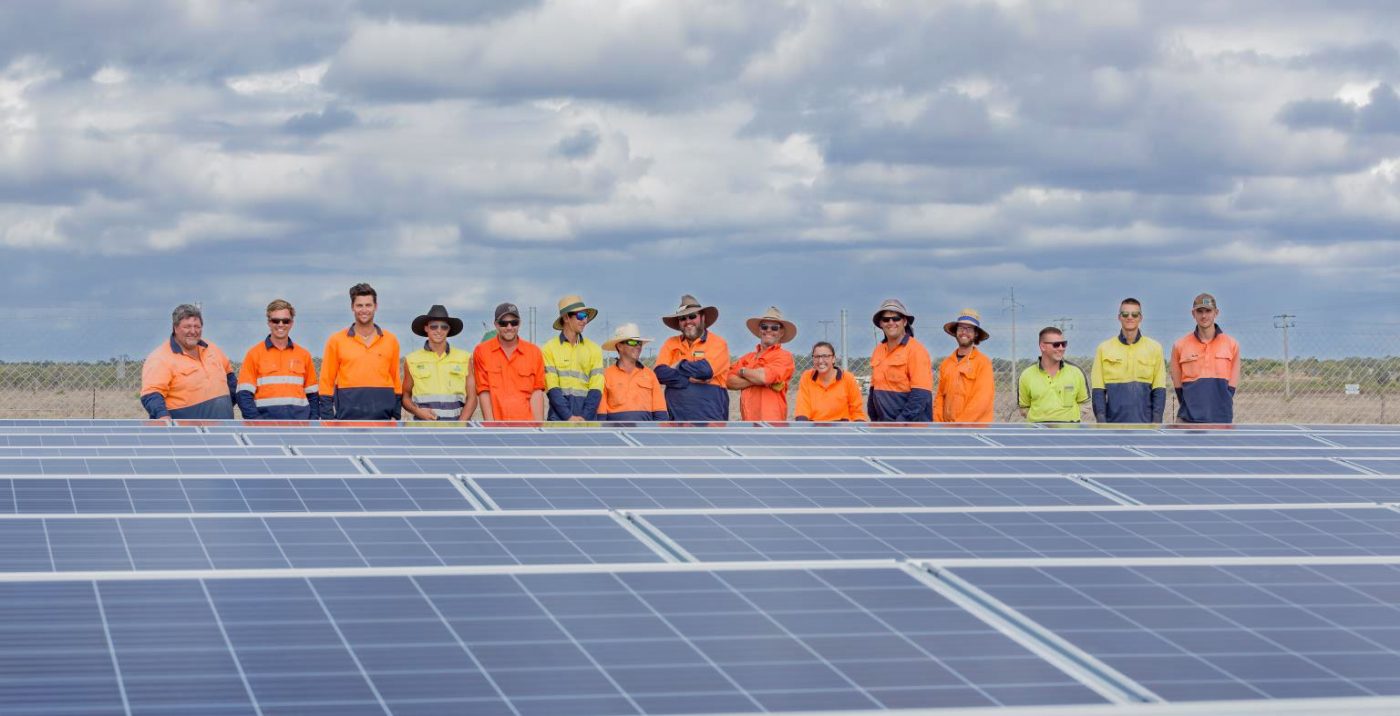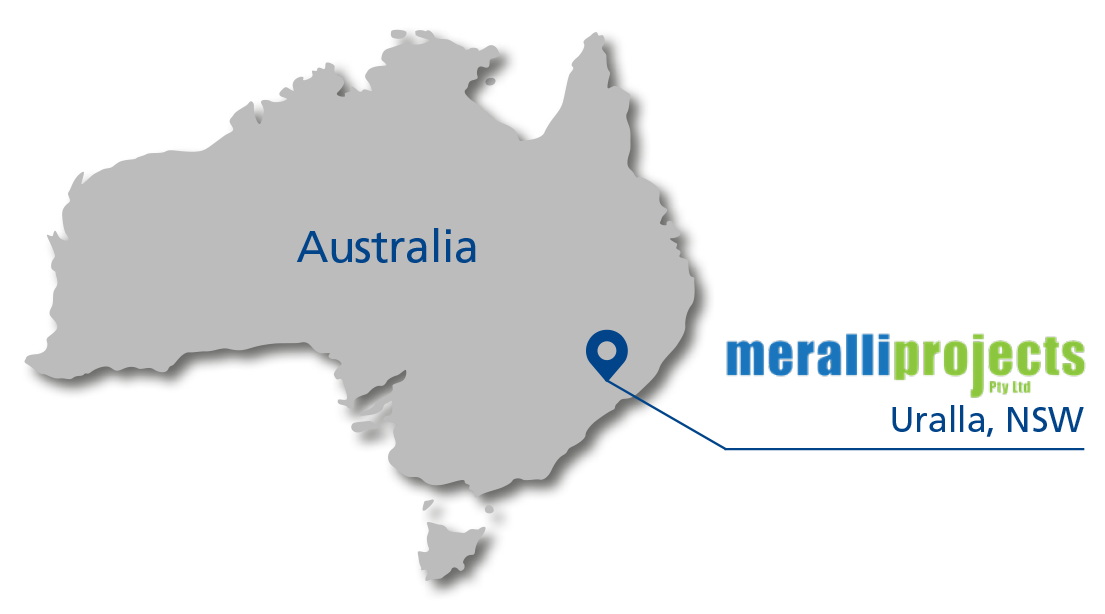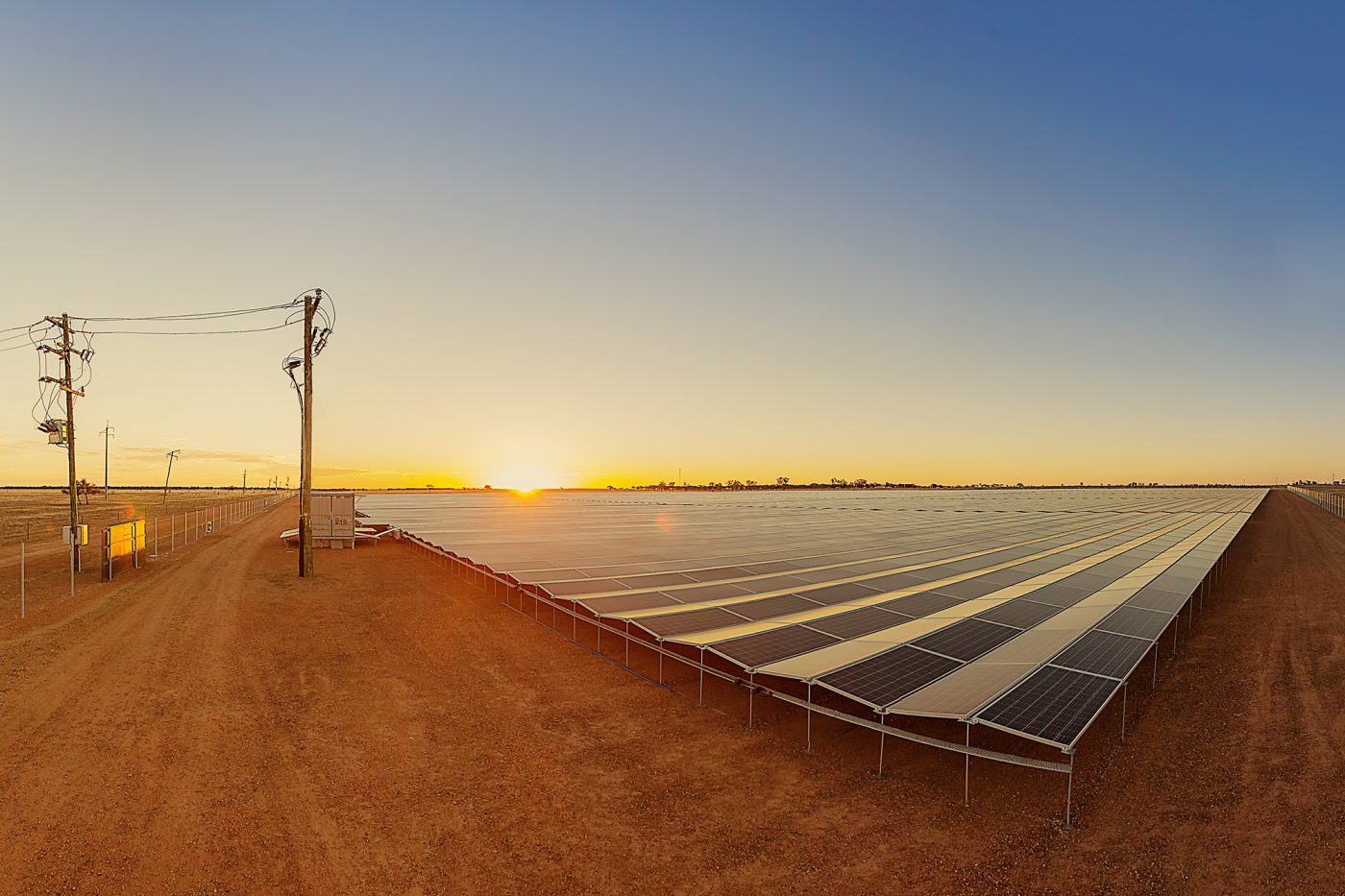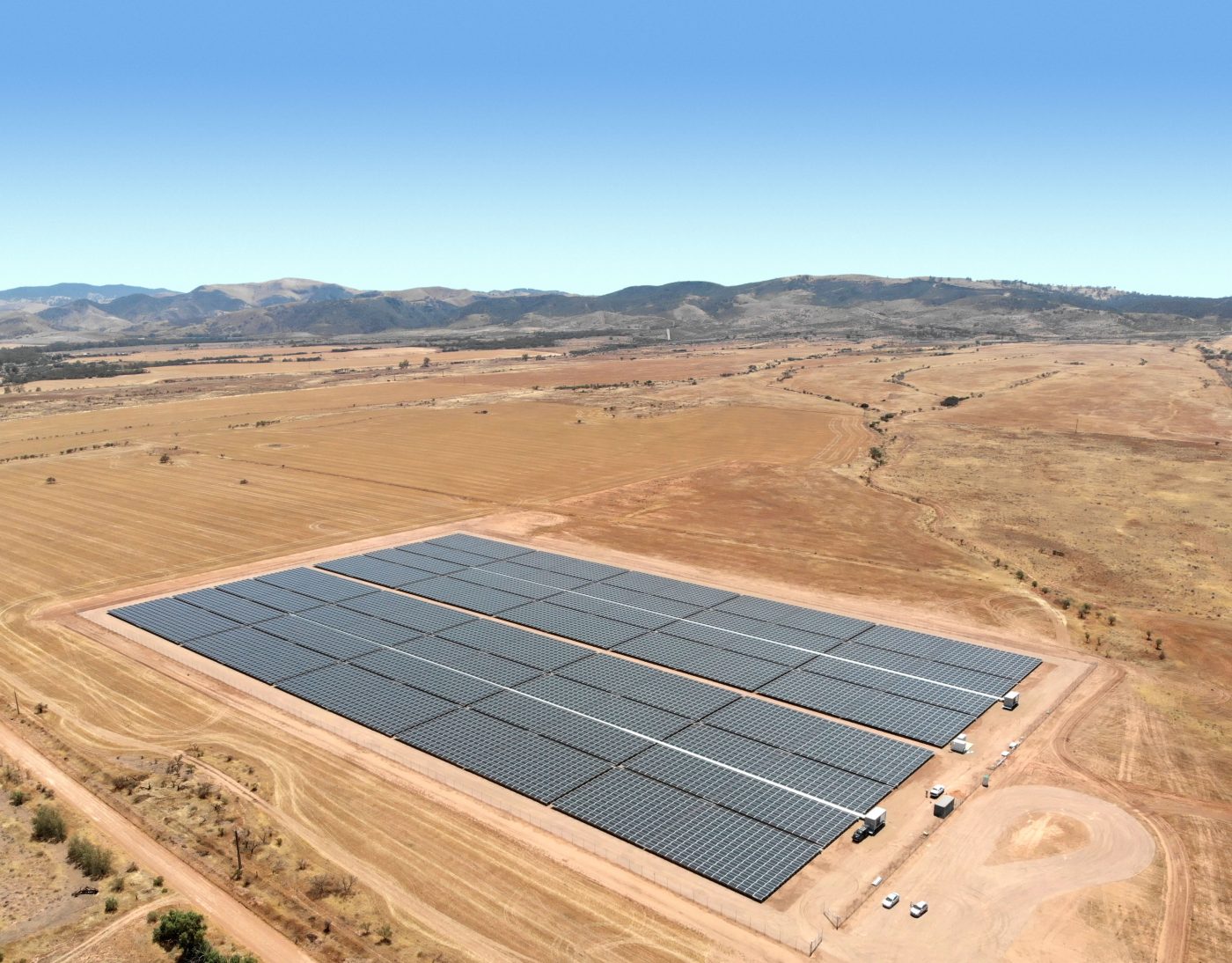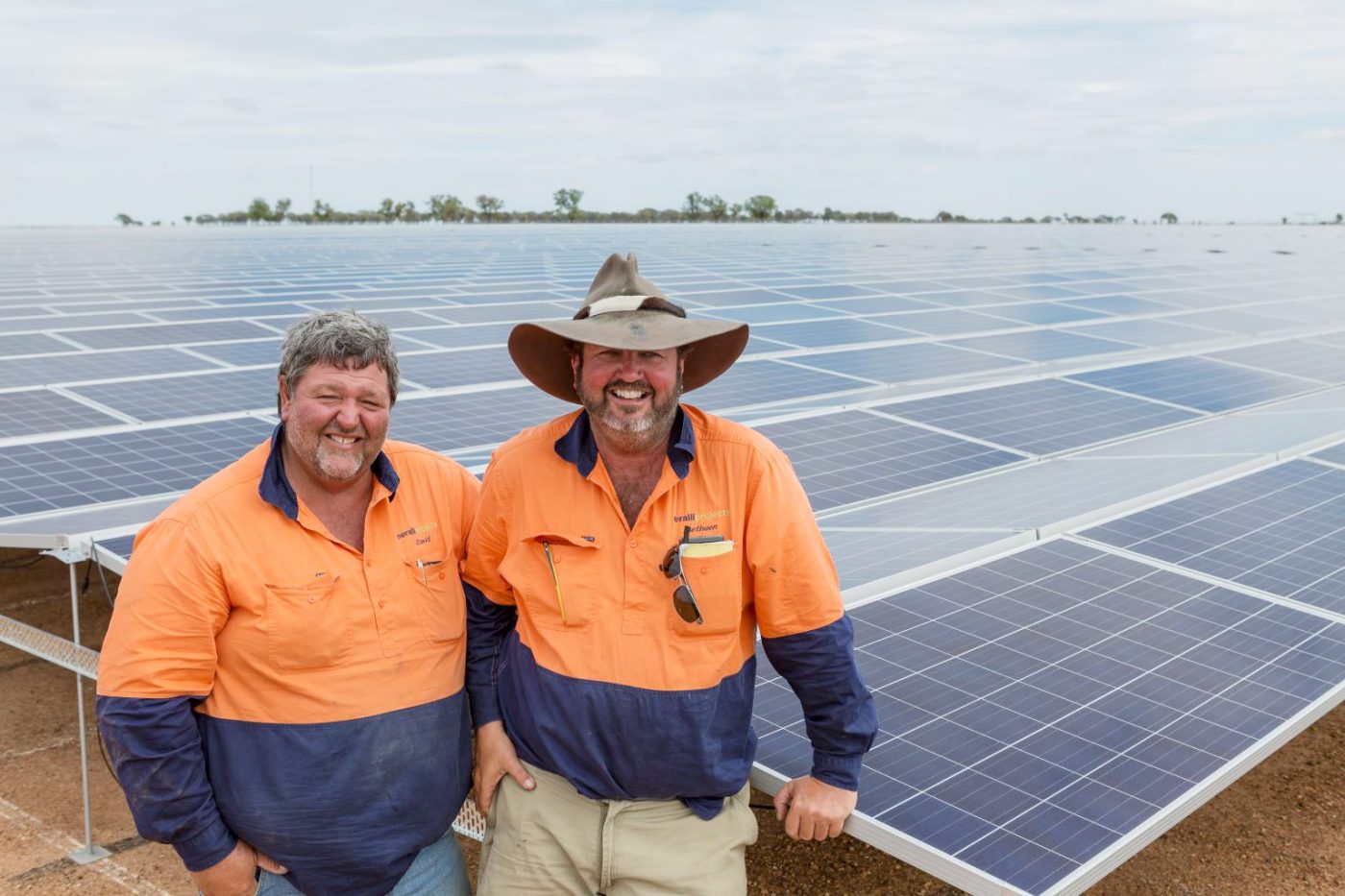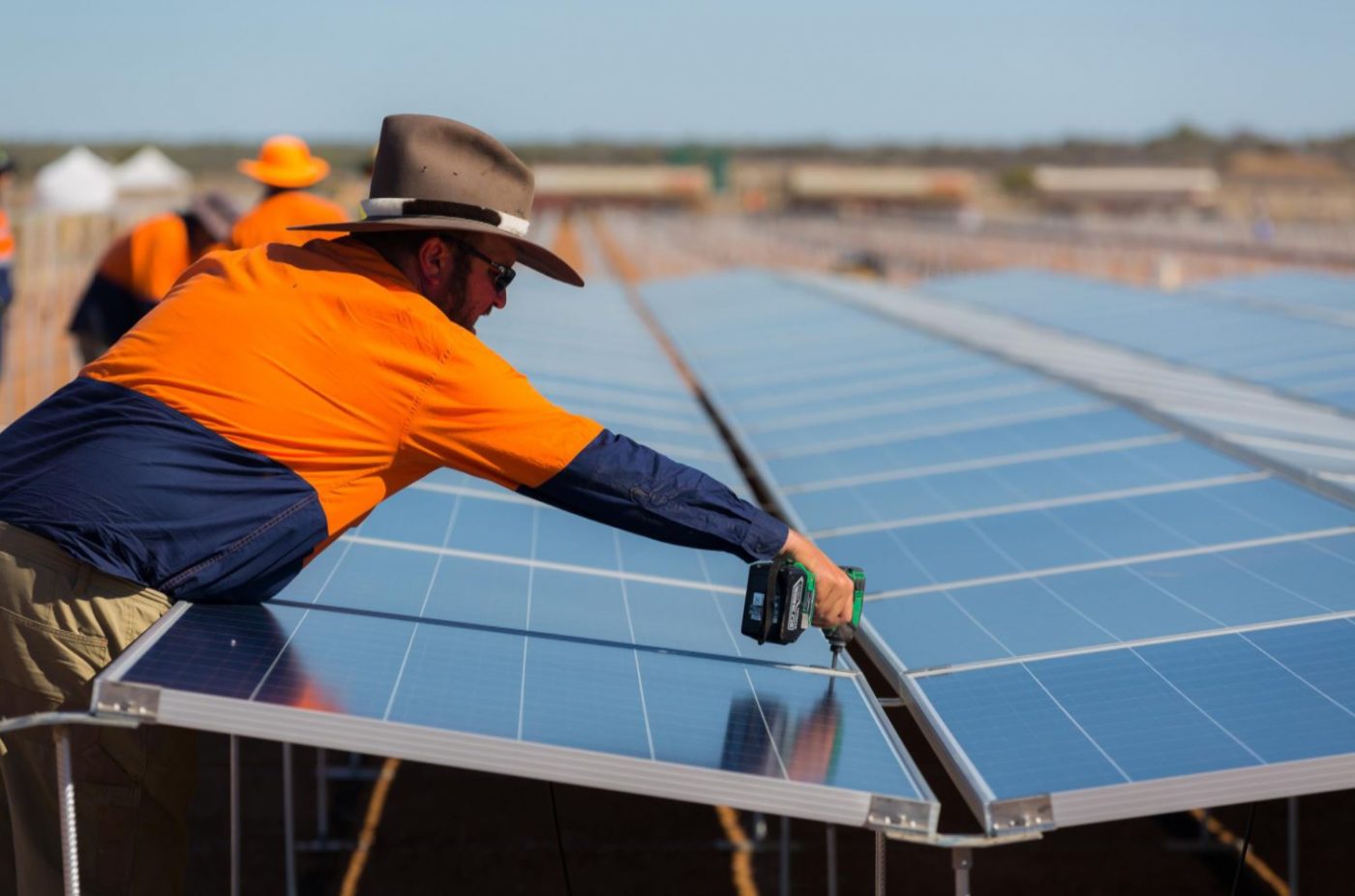How the PEG and Meralli Projects is bringing $0.71/watt solar to Australia
In 2017 Meralli Projects was born, based in Uralla, NSW rural Australia by two farmers with over 65 years of combined farming experience, Dr. Methuen Morgan and David Mailler. The formation of Meralli Projects reflects the founders’ passion for the triple bottom line, building regional sustainability and the desire to take action in the face of the looming economic, social and environmental impact of climate change.
Meralli Projects is a solar IPC specializing in using the PEG substructure design from Jurchen Technology. The PEG provides a unique solar solution that has simplified and shaped their solar operations with a focus on bringing cheap and sustainable solar energy to Australia with high quality installs in a fraction of the time versus traditional substructure solutions.
The PEG enabled Meralli Projects a simple way of entering the utility ground mount solar space competitively, to the point that their LCOE is now lower than trackers. Rather than focusing on yield, the company has emphasized EPC and O&M CAPEX savings to become the most cost competitive solar EPC in Australia from a CAPEX perspective with IPC costs less than $0.71/watt ($1 AUD).
In line with the company’s principles, the PEG challenges conventional approaches to solar farms providing a more sustainable solution by reducing materials used by 50% to 65%, significantly reducing install times with install rates of 1 MW a week, and simplifying the design to enable a low-skill work force provided by local rural communities. This allows Meralli Projects to spend their money locally, using local work forces, local suppliers, and local community groups rather than having to import higher skilled/costlier workers from urban areas.
They also provide employment opportunities for unskilled laborers, enhancing their technical skills and improving their employability in the future. Lastly, the PEG provides energy security and reliability to rural and regional communities, where Meralli Projects is empowering regional Australia’s economic development and sustainability.
Achievements and Awards
- Chillamurra Solar Farm – 2017 Northern Inland Innovation Awards in the Engineering category and the overall Innovation of the Year across all categories
- Winner Start Up Super Star category and as Business of the Year at the 2018 Armidale Regional Business Awards
- Winner – Excellence in Innovation (2019)
- 2019 NSW/ACT Regional Achievement & Community Awards – Wholistic Financial Solutions Small Business Achievement Award.
- Built 11 MW Dunblane plant, which is the largest privately funded, unsubsidised solar farm of its type in the world as of 2019 supplying power at spot market pricing into the distribution power network
- Built 4.6 MW Chillamurra plant, which was the first commercially viable solar project in Australia without government funding
PEG Projects Built
- Latitude Solar Farm (2022)
- Tregalana Solar Farm (Stage 1, 2021)
- Thunderbolt – ~9 MW (2021)
- Tamburlaine – 100 kw (2020)
- Baroota – 8.9 MW (2019)
- Meadowbank – 65 KW DC (2019)
- Kanowna – 9.18 MW (2019)
- Dareton – 3.8 MW (2018)
- Dunblane – 11 MW (2018)
- Chillamurra – 4.6 MW (2017)
Dunblane Solar Farm
11 MWp
- 36,432 PEGs, Base and Top Plates
- 33,795 Modules
- 7,109 Man Hours
- 10 weeks 4 days construction time
- 9 laborers for initial substructure install with 480 PEGs rammed a day
- Up to 1,800 modules a day with team of 14
- Up to 80% reduction in install times
- At completion, the labor force was 15 workers. Throughout the installation the labor force ranged from 7 up to 21, peaking during the module installation period
- Less than $1 AUD per watt (0.71 USD) EPC price
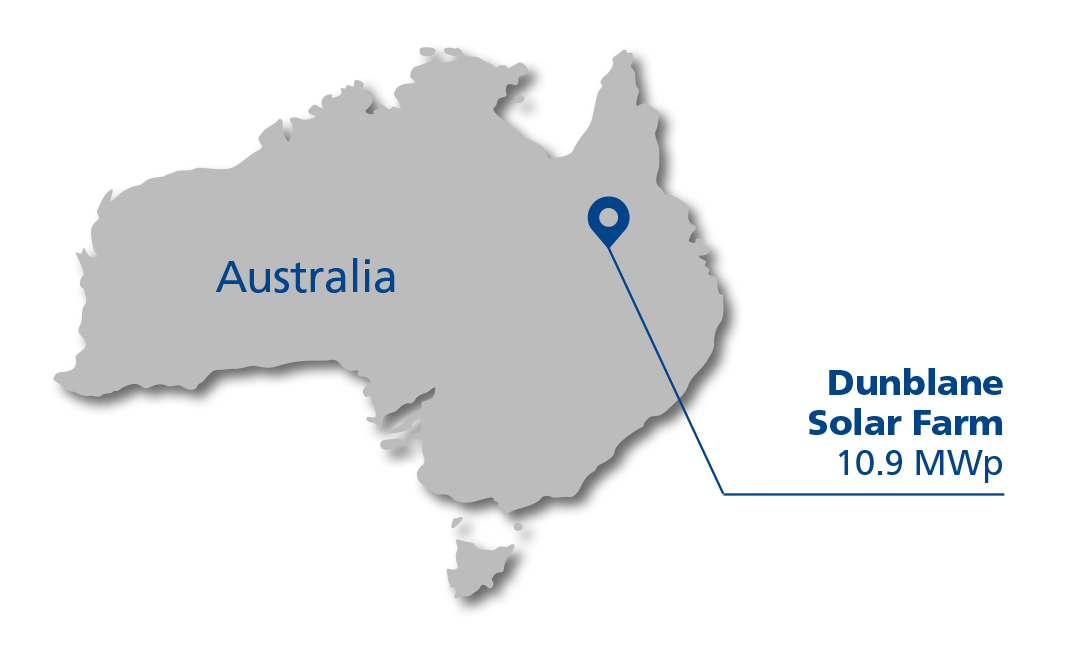
Q&A for Meralli Projects regarding the PEG with David Mailler and Dr. Methuen Morgan
PEG has provided a cost-effective solution which has lowered the CAPEX of a build, reduced the installation timeframes, while at the same time maintaining the quality of the build. PEG is an inherently safer system to work with – minimal heavy equipment and trenching, light weight framing, all work is below shoulder height – indeed our biggest onsite safety concerns are blisters and heat stroke. PEG has reduced the site lifetime maintenance to the bare minimum.
PEG has also addressed an issue that is starting to appear here in Australia – Visual Amenity. The low profile means the incursion of our projects on the landscape is minimized. Further, the lack of trenching, cement and driven steel supports means that remediation of the site at end of life can be done quickly, cost-effective and the land can be returned to its previous use if appropriate.
Baroota Solar Farm, 8.9 MWp
Installers not considering the life of plant, importantly earthworks, one of the significant advantages and opportunities that JT PEG provides is significantly reduced maintenance cost with low profile, accessibility and no moving parts.
– David Mailler
The install cost is lower than trackers. It is hard to say by how much because getting factual information is often difficult and being sure that you are comparing the apples and apples is also difficult. Not only do we believe that install costs are lower the ongoing maintenance costs are lower – no moving parts has that advantage. Further, the install time is quicker which means that PEG can be generating sooner than other systems.
Community Commitment
David Mailler (left) and Dr. Methuen Morgan (right)
Generally speaking, this is just not correct. Certainly, in the far southern areas in Australia the trackers are reasonable option but the further north you go the greater the advantage of PEG EW. And of course, PEG has the Sun Direct option which provides another alternative for those Southern sites here in Australia.
The installation in the hands of unprofessional and inexperienced can be problematic. While the installation is not complicated it requires professionalism and attention to detail. Further, the uniqueness of the system seems to be a hurdle. This is not what some have in mind when they think of a solar farm. The first thing most people do when they visit one of the PEG sites is walk up and push on it!! They are usually surprised by the immovable nature of the array. The use of the 16mm pegs at each corner of the module seems to give an immediate impression of a lack of stability. But of course, once the modules are clamped into place they are not moving anywhere.
– Methuen Morgan
Solar Module Mounting
It is a very simple exercise. We have developed an EV that allows us to service the array form underneath the panels. Modules are transported in and the old module can be unclipped from underneath. It is removed and the new module inserted. The EV also allows us to control any vegetation that might appear. While not universal we prefer to maintain a vegetation free area both around and under the panels. This is particularly the case in the more arid areas. It minimizes vermin infestations and prevents the incursion of fire in the event of bushfires or spread of a fire in the event of an electrical failure on site.
